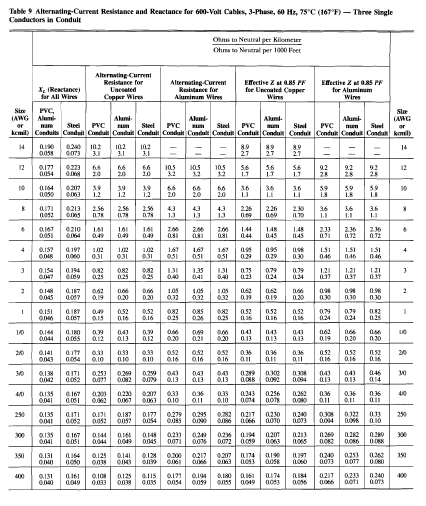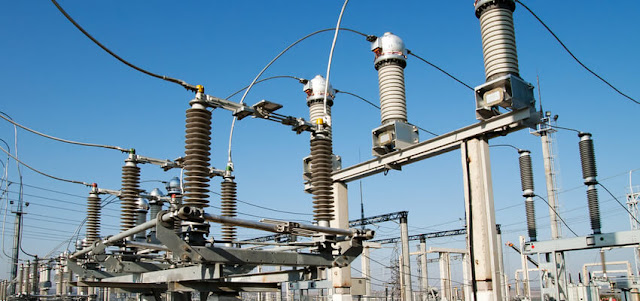What is the advantage of Using Numeric Relays in Power System Protection?
 |
| Numerical Relay | Source: GE - P40 Agile Feeder Management |
Compare to conventional ohmic relays, the numerical relays contain up-to-date microprocessors which provide a lot of important benefits. Analog variables are digitized (A/D conversion) at the input card of the device and preprocessed if applicable.
The trip decision is made in the microprocessor and, therefore, allows considering any complex conditions needed by the protection function. The resulting protection is much more adaptive regarding the power system conditions as any previous protection technology.
Parameters determining the behavior of the protective device are loaded and changed from outside via a communication interface. Also dynamically self-adapting protection is feasible.
Related Article: What are the IEEE/ANSI Device Numbers Used in Power System Protection?
Several protection functions can be combined in a single device and executed in parallel (multi-functional devices). Functions from build-in libraries may be activated or downloaded from external libraries.
Numerical devices have a continuous self-supervision. Details depend on implementation. Configuration and setting of the devices may be done over a communication interface either locally by a laptop or from the remote workplace of the protection engineer. Consistency and plausibility checks support this work.
Opto-coupler inputs allow the potential-free input of external signals. Serial interfaces support both the integration into substation automation systems and the connection of properly equipped process devices like instrument transformers and switchgear.
 |
| Numerical Relay Configuration | Source: GE Grid Solutions |
A manual or automatic transmission of events and disturbance recorder files is possible. The standard for all this serial communication is IEC 61850. In substation automation systems all events and alarms may be displayed in dedicated lists at the screen of the operator, and archived for later analysis.
Events and disturbance recorder files may be transmitted to a remote, centralized workplace for comprehensive fault analysis. Storage facilities for events and disturbance files allow buffering data so that these are not lost in case of a communication interrupt. They provide also the transmission of data on request only.
Besides protection functions, the same numerical device or devices out of the same device family allow performing also control and monitoring functions. In most distribution substations, a single device comprises already all protection and control functions needed in one bay.
Related Article: Protection Relays in Power System
Reference:
Title: Protection and Control in Substations and Power Networks
Page: 8
Publisher: ABB
Document Type: PDF | Download

.webp)











No comments: